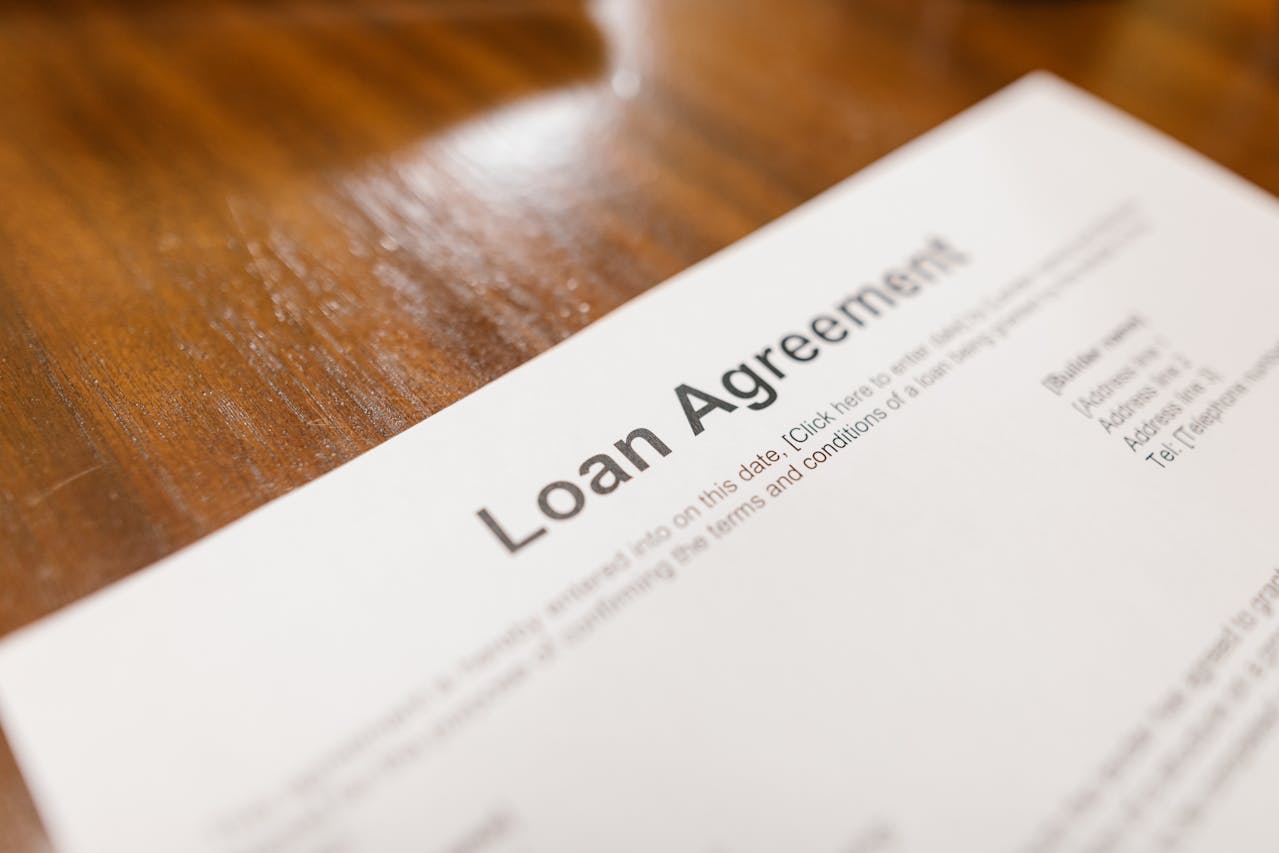1. What exactly is an FHA loan? How is it different from a conventional loan?
An FHA loan, short for Federal Housing Administration Loan, is a government-backed mortgage loan established in 1934 to help low- and moderate-income families achieve homeownership.
Compared to conventional loans, FHA loans have lower qualification thresholds, making them especially suitable for buyers with lower credit scores or limited down payment funds. For instance, if your credit score is below 700 and you only have a small amount of money for a down payment, banks may reject your conventional loan application—but you might still qualify for an FHA loan.
In other words, it’s the stepping stone for many first-time homebuyers.
2. Who qualifies for an FHA loan? Can everyone apply?
Although FHA loans are easier to qualify for, they’re not an “all-access pass.” Based on the latest data from 2025, FHA loans are best suited for the following groups:
- First-time homebuyers: According to the 2025 HUD report, about 82% of FHA loan recipients were buying their first home.
- Applicants with lower credit scores: Minimum FICO score is 500 (with a 10% down payment); for FICO ≥ 580, only 3.5% down is needed.
- Limited savings: You don’t need to save up a large down payment to get started.
- Lack of consistent income history: Freelancers, self-employed individuals, or gig workers can also qualify, as long as they meet debt-to-income ratio (DTI) requirements.
However, keep in mind:
- FHA loans require the home to be owner-occupied. They cannot be used to buy investment properties.
- Major credit issues (like recent bankruptcy or foreclosure) can still result in denial.
3. What are the 2025 FHA loan requirements? Any new updates this year?
Here are the basic FHA loan requirements for 2025:
| Requirement | Details |
|---|---|
| Minimum credit score | ≥ 500 (10% down) or ≥ 580 (3.5% down) |
| Down payment | Minimum 3.5% (FICO ≥ 580) |
| Debt-to-income ratio (DTI) | Typically ≤ 43%, may vary by lender |
| Property type | Primary residence, up to 4-unit homes |
| Home appraisal | Must be evaluated by FHA-approved appraiser and meet HUD standards |
| Occupancy rule | Must move in within 60 days and live in the home for at least 1 year |
New updates in 2025:
- Green energy incentives: Energy-efficient homes can qualify for higher loan amounts.
- Digital approval process: Most FHA-approved lenders now support online applications and e-signatures, cutting approval time to an average of 7–10 days.
4. What are the advantages of FHA loans? Why do so many people choose them?
- Low down payment, easy entry: Only 3.5% down required—far lower than the 20% often needed for conventional loans.
- Credit-flexible: FHA is more “forgiving” of lower credit scores than conventional lenders.
- Relatively stable interest rates: Thanks to the government backing, FHA rates are often better than those offered to low-credit conventional borrowers.
- Gift funds and assistance allowed: FHA permits the use of financial gifts from family or government programs for your down payment.
- Streamline refinancing available: When interest rates drop later, you can easily refinance with no income check or home appraisal required.
5. What are the hidden costs and limitations of FHA loans? Don’t overlook these details
Despite its accessibility, FHA loans come with extra costs and restrictions that many buyers overlook:
| Item | Description | Estimated Amount (for $300,000 loan) |
|---|---|---|
| Down payment | Minimum 3.5% | $10,500 |
| Upfront MIP | One-time Upfront Mortgage Insurance Premium | 1.75% = $5,250 |
| Annual MIP | Paid yearly or monthly, based on loan amount and LTV ratio | ~0.85% annually = $2,550 |
| Strict property condition standards | Homes must meet HUD’s livability standards | Repairs may add upfront costs and risks |
Additional points to note:
- Loan limits apply: FHA sets regional caps on loan amounts each year. In 2025, the standard limit is $498,257, while high-cost areas like Los Angeles, CA can go up to $1,149,825. Borrowing above these limits requires alternative financing.
- Property use restrictions: You cannot use FHA loans to purchase rental properties or short-term Airbnb-style homes.
6. Key differences between FHA and conventional loans: What’s the best fit for you?
| Feature | FHA Loan | Conventional Loan |
|---|---|---|
| Minimum down payment | 3.5% (FICO ≥ 580) | Typically 5%–20% |
| Credit score requirement | Starts from 500 | Usually ≥ 620, 740+ for best rates |
| Mortgage insurance | MIP required and non-cancellable | PMI can be removed (when LTV ≤ 78%) |
| Eligible property types | Owner-occupied only | Both owner-occupied and investment |
| Refinance option | FHA Streamline available | Standard refinancing only |
| Overall costs | Lower upfront, higher long-term | Higher upfront, lower long-term (if no PMI) |
Choosing advice:
- If your credit score is below 620 and your down payment is limited, FHA may be the better fit.
- If your score is above 700 and you have enough savings, conventional loans may save more in the long run.
7. Common misconception: FHA loans are not “low-quality” loans!
Many people mistakenly believe FHA loans are only for buyers with poor credit, and some sellers even hesitate to work with FHA buyers. This is a misconception.
According to a 2025 Zillow study, the default rate for FHA loans has dropped to a historic low of 2.3%, outperforming many subprime conventional borrowers. Most FHA buyers today are young professionals, newly formed households, or first-time homeowners.
Sellers should judge buyers on overall qualification, not loan type.
8. FHA loan market trends and policy outlook for 2025
- Limited rate cuts expected: FHA fixed rates averaged 6.25% in early 2025, with modest declines projected for the second half of the year.
- More digital support platforms: HUD is rolling out the FHA Connect platform to create a more transparent process between buyers and lenders.
- Growing push for MIP reductions: Consumer groups are urging HUD to lower the annual MIP from 0.85% to 0.55% to ease buyer costs.
- State-backed down payment assistance combos: States like New York and California are offering FHA + down payment grant packages to support first-time buyers.



